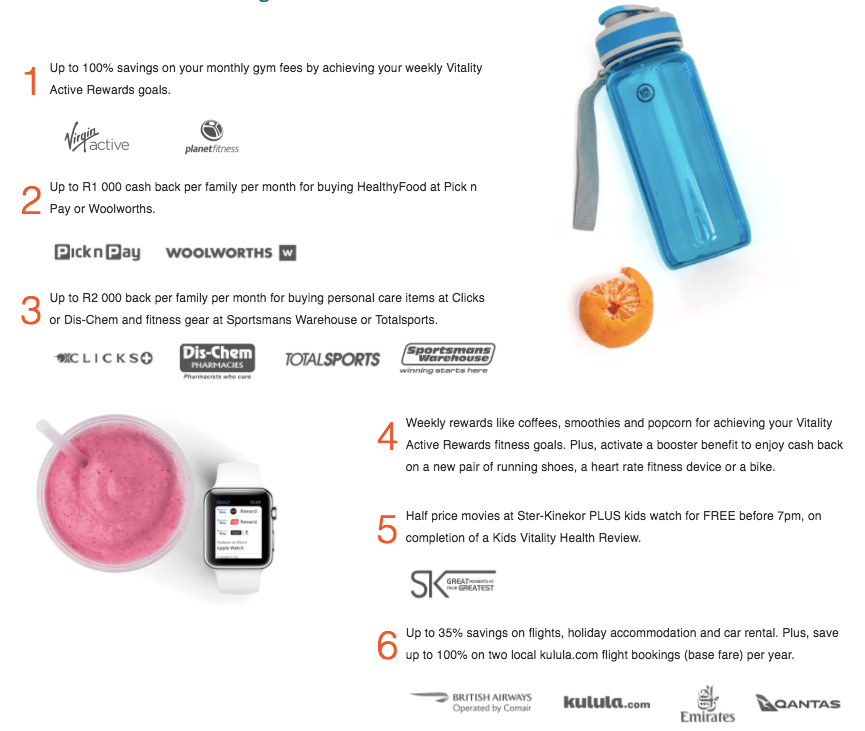Using data analytics to bend morbidity curves

Through behavioural economics and data analytics, the Vitality wellness program has allowed dynamic underwriting that creates value for insurance companies and their members
Insurance 1.0
As a student learning how to price insurance premiums, I was taught to use a relatively static model of the form: price = some function of (i) the rate of mortality / morbidity / other risk in question; (ii) the desired profit margin; (iii) the discount rate; and (iv) the time period in question. Estimating rates for (i) is no trivial task. Insurers use statistical models to develop a view of these rates based on factors such as an individual’s age, gender, health status, etc. But while it is “fundamentally important to the viability of many life and health insurance products that these factors are well understood, much of the insurance industry still leans heavily on extrapolating past trends” [1].
The Innovation: Behavioural Economics + Data Analytics
Enter: Discovery Insurance’s wellness program, Vitality. Rather than following the practice of reactively observing and extrapolating past trends, Vitality leverages behavioural economics to influence these rates. That is, Vitality encourages its members to be more active, eat healthy food, and conduct health checks to facilitate early identification and proactive management of diseases. The use of big data analytics to track and analyse this data allows for “dynamic underwriting and an ongoing assessment of a policyholder’s risk over time” [2]. As members’ risk profiles improve and the cost of insuring them consequently declines, Vitality shares these savings with members through incentives designed to continuously drive healthy behaviour.
How the Model Works
Consider Mindy. She works long hours at her computer so has a relatively sedentary lifestyle. She has not time to cook so lives on takeout. This, combined with relatively heavy drinking. After joining the Vitality program, she notices that she can earn points towards flight discounts if she goes for a health check and visits a nutritionist. Through this process she learns that her blood pressure and cholesterol are higher than they should be and receives some advice on how to adjust her diet and start exercising. As she follows the recommended program, Vitality awards her more points and additionally provides discounts on her gym subscription as well as cash back on her healthy food purchases. By integrating Vitality data with Mindy’s insurance products, Discovery is able to able to assess and price risk more accurately. Similarly, Mindy gains more value as these efficiencies are passed onto her through rewards.
Looking forward
The Vitality concept has applications beyond life and health insurance, e.g. with car insurance, Discovery leverages telematics to collect data on policyholders’ driving incentivise them to drive better. Could there be a similar application in property insurance and incentives for more sustainable building practices?
Additionally, Vitality has partnered with insurers in other markets who are similarly looking to use their data to develop a competitive advantage. While there is strong potential for the program to scale in this way, it will be necessary to overcome the challenges that regulatory differences with respect to the design of insurance products as well as the use of data may present.
Maintaining high user engagement will also be critical for the continued success of the program. To the extent that other insurers begin to offer incentive programs of their own, Vitality’s competitive advantage in this space may be eroded. There is however, an opportunity to leverage the time series of data gained on members thus far to drive member stickiness. Stickiness is also driven by integration of the Vitality program across multiple insurance products, effectively providing a value-optimised insurance portfolio for the member.
Sources
[1] Mortality is changing and so are the leading models https://www.towerswatson.com/en/Insights/Newsletters/Global/Emphasis/2017/emphasis-2017-1-mortality-is-changing-and-so-are-the-leading-models-wtw
[2] How Vitality creates long-term value http://www.vitalitygameon.com/vitalitygameon/



